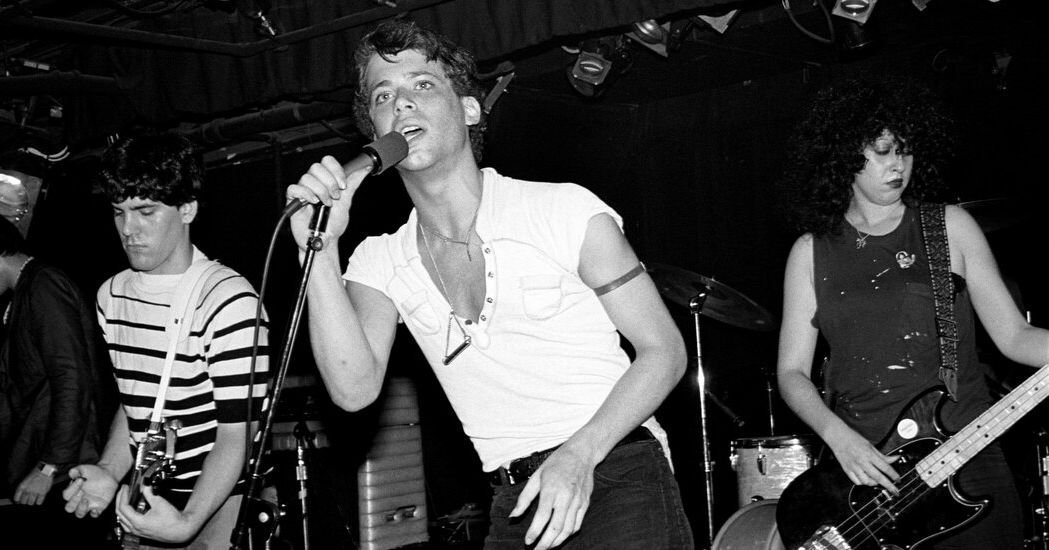By: Peter Xiao
It all started in 1977 when the first generation of punk bands in New York City went to larger venues to perform. These players spent their nights thinking and creating music and were among the first teen punks.
Most of the teens were under 18, with some being dropouts, runaways, or even from the suburbs. For the next four years, they played aggressive and intense pop and punk music for other teenagers in clubs like CBGB, Max’s Kansas City, Hurrah, and TR3. It was a pivotal point in the city’s musical history, changing the lives of the players and the audience. Despite this, their stories remain untold.
Music influenced many teens in the city. Eric Hoffert spent his after-school hours doing homework and then practicing guitar on weekdays to play with his band the Speedies on the weekends. Arthur Brenna (who renamed himself Darvon Staggard) hitchhiked 20 miles from Groton, Connecticut to buy magazines covering new music. Later on, he ran away to New York City to join a band. Kate Schellenbach, a ninth grader who went to Stuyvesant High School, heard that teens her age played famous music blocks away from where she lived.
She recalled one day when she started high school wearing an outfit to show her interest in new wave music, “I remember going into the girls’ bathroom, and this girl, Nancy Hall, who was the coolest, was sitting on the sink.” Nancy then suggested that Kate watch the band Student Teachers play at CBGB. Kate would go on to help found the Beastie Boys in 1981 and become a drummer.
But by 1980, teen punk was starting to both evolve and disappear as previous members grew and moved on from it. Laura Davis-Chanin, the drummer for the Student Teachers, talked about why she left, “As cool as I thought the scene was, I realized I just didn’t want to be here. I wanted to be in college. That was a big thing for me, given the incredible, shocking, thrilling world of rock ’n’ roll that I was a part of.”
Several of the members would go on to take honorable careers both in and out of the art world. Hoffert eventually left his band and became a pioneer for data technology and helped create the QuickTime media player. His bandmates followed suit, with Gregory Crewdson, the guitarist, becoming a notable tableau photographer, and Allen Hurkin-Torres, another Speedies band member, becoming a New York Supreme Court justice.
Article: https://www.nytimes.com/2022/08/03/arts/music/teen-punk-bands-nyc.html











